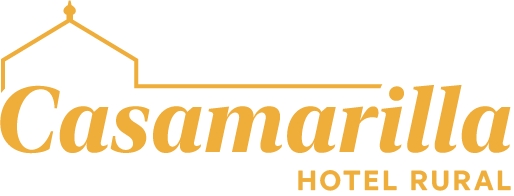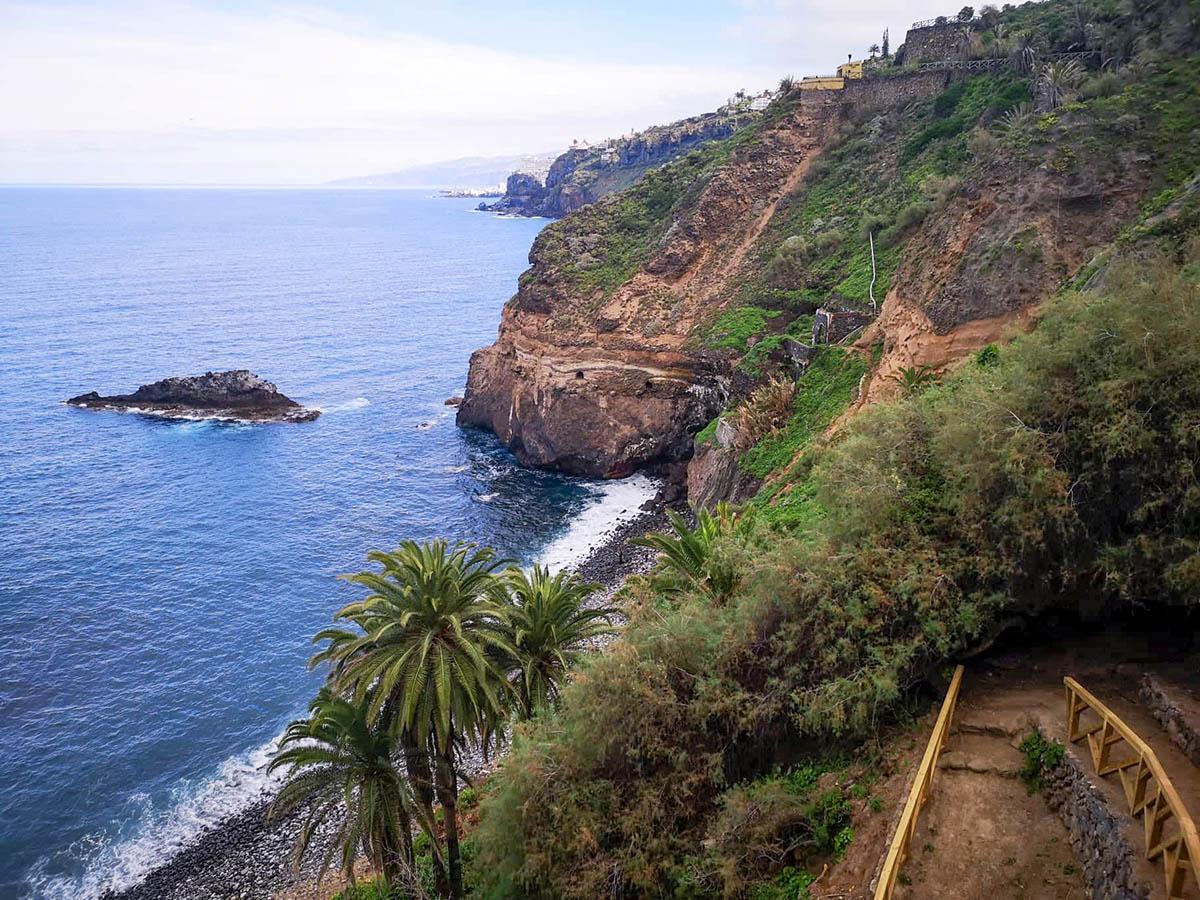This is a 45.9-hectare protected natural area, made up of a great landscape value where an outstanding palm grove of Canary Island palms (Phoenix canariensis) coexists with some specimens of Drago (Dracaena draco), along with other plant and animal species, especially birds.
The entire surface of the region is declared as an area of ecological sensitivity, extending it outside the space and on the land adjoining it to the south.
You cannot leave without seeing…
“La Casona de los Castro”, an old 16th-century house belonging to the family that owned the place and its farms. Today it is under restoration in order to house a visitor center.
“La Ermita de San Pedro”, a hermitage built in the 16th century and renovated in the 18th century, which houses the image of the Apostle, a complete carving of the local baroque.
“El Fortín de San Fernando”, a defensive fortress, built at the end of the 18th century and in 1808 had a porthole made up of five cannons (three of them still preserved today), placed by Agustín de Bethencourt y Castro. Its construction was mainly due to the state of insecurity that reigned in the coastal areas, because of the presence of pirates who assaulted the boats that departed from the islands towards Mainland Spain.
Ruinas del elevador de aguas.
“El Elevador de Aguas de Gordejuela”, an old hydraulic pumping station in ruins that can be seen from the Castro mansion to the east and from many other areas of this natural landscape. This industry was built in 1903 by the Hamilton family. It is a building that marked a milestone in its time due to the complicated orography of the land and because the first steam engine on the island of Tenerife was installed inside it. Its objective was to use the waters that are born in Gordejuela to give driving force to a flour mill, and raise them to the banana growing areas in the Orotava valley.
Geology
This protected landscape is made up of steep coastal cliffs that have been caused by the stacking of lava flows, and its consequent deterioration due to erosion. Mainly basaltic materials are predominating, along with some areas of agglomerate or sedimentary deposits. Multiple rocks stand out in the landscape that can be found along the coast, such as “Roques del Burgado” or “Roque del Camello”.
Vegetation
It features classified populations as protected species of the endemic vegetation of Canary Islands, and species of interest within the framework of European Union regulations. This natural land shows a good representation of the Tabaibal and Cardonal. In addition, there is an important population of palm trees (Phoenix canariensis) of special scientific interest, matched by “tarajales” (Tamarix canariensis), “tajinastes” (Echium giganteum), “orobales” (Whitania aristata) and “Hierbamora” (Bosea yerbamora).
Wildlife
Among the vegetation, you can find “el lagarto tizón” (Gallotia galloti),”la lisa” (Chalcides viridanus) or birds such as “la pardela cenicienta” (Calonectris diomedea), a species considered as “threatened” and classified as “of special interest” in the Catalog National Park of Endangered Species, which nests on the walls of cliffs and islets. Most of the nesting birds on Rambla de Castro are endemic at the subspecific level and represent the clearest example of adaptation to the natural environment of the island of Tenerife and the evolution of each species. It includes areas of critical importance for certain phases of the biology of animal species, such as reproduction areas and breeding for “la pardela cenicienta”.



